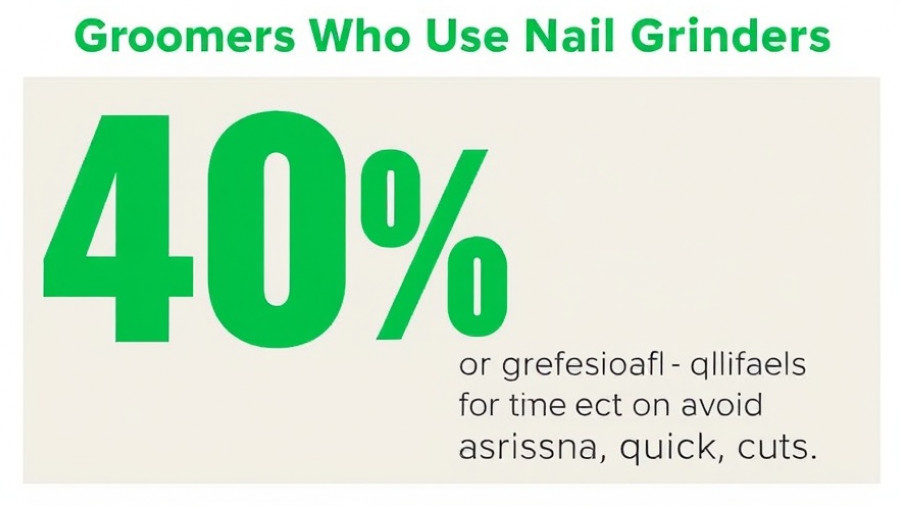
Why Safety is Paramount When Walking Your Dog
As a responsible pet owner, ensuring your dog’s safety while walking is crucial not just for their well-being, but also for your peace of mind. Dog walking safety encompasses a range of practices that are vital for reducing potential hazards during these daily excursions. With statistics indicating that the nighttime fatality rate on the nation’s roadways is three times higher than during the day, it's evident that dog owners must take proactive measures to protect their pets. This guide highlights essential safety gear and techniques to make your dog walking experience both enjoyable and safe.
Choosing the Right Gear for Dog Walking
Your first step in ensuring a safe walk is equipping yourself and your dog with the right gear. A sturdy leash and collar or harness is non-negotiable. Avoid flimsy, retractable leashes as they can lead to accidents or escapes. Instead, opt for a fixed-length leash of about 4-6 feet made from durable materials. This gives you better control while allowing your dog to explore their surroundings freely.
Your dog’s collar should fit snugly, allowing for two fingers to slide underneath. For dogs who tend to pull, consider a front-clip harness; it redirects their momentum and enhances your control, making walks significantly more manageable. Visibility is another key element of safety, particularly in low-light conditions. A reflective vest for your dog, along with LED lights attached to their collar, can make a world of difference. Bright clothing for yourself is equally essential to be seen by passing vehicles or cyclists.
ID Tags and Microchips: Your Dog’s Safety Net
In the event your beloved pet strays away, having proper identification is vital. Sadly, only about 23% of lost pets are reunited with their owners. To maximize your chances, ensure that your dog wears an ID tag with up-to-date contact information. Additionally, a microchip acts as a permanent identification method that can be scanned by vets and shelters, providing peace of mind.
Essentials That Shouldn't Be Overlooked
Walking your dog attracts responsibilities that go beyond the pet itself. Always bring waste bags for cleanup; it’s not merely courteous, but a legal obligation in many areas. Carry more bags than you might think necessary. The American Kennel Club also suggests bringing water for any walk lasting over 30 minutes, especially during warmer weather, accompanied by a collapsible bowl for easy access.
Mastering Safe Dog Walking Techniques
While the right equipment is essential, mastering walking techniques is equally important. Always remain alert for potential hazards like other dogs, traffic, or distracted pedestrians. When encountering other dogs, maintain a safe distance until you're certain they are friendly. If an aggressive dog approaches, cross the street if possible and keep your dog close to you. Teaching your dog commands such as ‘sit’ and ‘stay’ can help greatly in maintaining control during stressful situations.
Embracing the Joys of Dog Walking
Dog walking shouldn’t feel like a chore; it can be a joyful activity that strengthens the bond between you and your pet. Regular walks also serve essential physical and mental benefits for your dog, contributing to their overall well-being. Keeping your walks engaging, by changing routes and allowing for exploring, can enrich your dog’s experience, making it both fun and fulfilling.
Moving Forward with Confidence
In conclusion, ensuring your dog’s safety during walks doesn't need to be overwhelming. With the right gear, awareness of potential dangers, and effective walking techniques, every outing can be a rewarding experience. As we embrace the joys of dog walking, let’s prioritize safety—creating not just enjoyable memories, but also ensuring the well-being of our canine companions!
Remember, by following these safety tips, you set the stage for not just a walk, but a precious bonding experience with your furry friend.
 Add Row
Add Row  Add
Add 




Write A Comment